We all dream of a garden that thrives beautifully, blooms, and smells amazing without too much hassle. But if you’re a gardening novice and don’t know what flowers to grow in your outdoor space, don’t worry! Below, I’ve put together a list of perfect flowers to plant in your green space, even if you don’t have a green thumb yet. Happy reading and get ready to add a splash of color to your garden.
Peonies
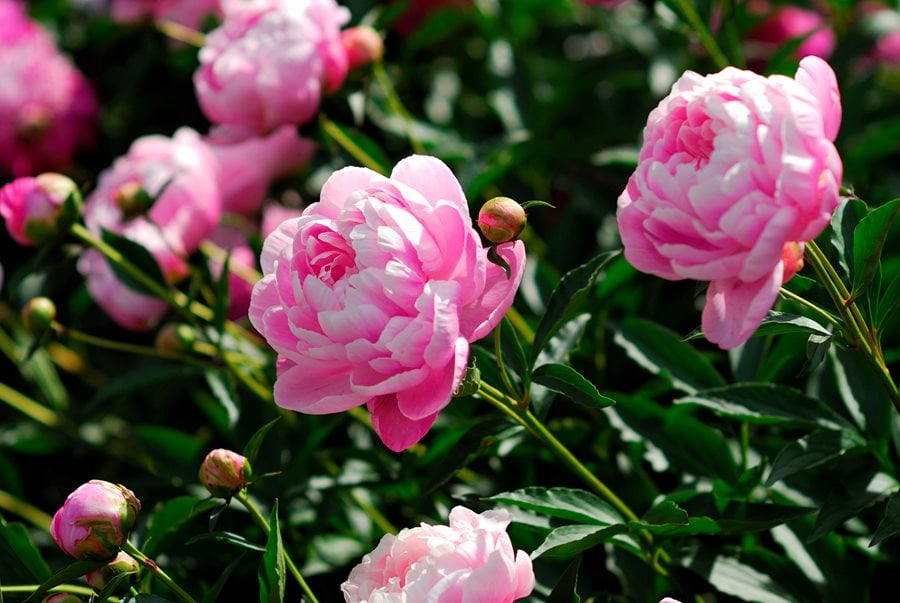
Well, to be honest, it’s the main ingredient in my favorite perfume! But that’s not why it’s the first flower on my list. Peonies are not just wonderfully fragrant, they are so elegant that they can be the centerpiece of any flower bed, even if their blooming period is short.
Peonies should be planted in well-fertilized soil, in a hole about a meter deep, but it is not advisable to overplant them, as peonies planted too deep will not have time to develop shoots and bloom. It is a long-lived plant, and you can sometimes see peonies blooming in summer near a half-destroyed house.
Freesia
Like the peony, the freesia is the favorite flower of many women for its invigorating and unparalleled fragrance. The flowering of freesia depends on when it is planted – it is important not to plant it too early and not too late – when it is not too cold or too hot.
The best location for freesias is where the shrub gets shade during the hottest part of the day and direct sunlight in the evening. If they are exposed to sunlight all day, they will form shorter stems, but if they are growing in a hot location, the stems will stick out and not stay straight. Freesias will grow in any type of soil with a pH (soil acidity) that ranges from slightly acidic to slightly alkaline. If the summer is cool and rainy, freesias bloom especially well and have a very strong fragrance.
The fact that the flowers are cut does not affect the formation of the corms. The flowers can be cut off and the leaves should not be touched.
Lilies

Lilies planted in a sunny spot will bloom in any garden or bed and have a place in every bed, as their graceful blooms and captivating fragrance are the hallmark of summer.
One tip for growing lilies is to plant the bulb in a shady spot, but move it to a sunny spot when it is mature. These are the best conditions for lilies. It’s also important not to overplant them – no more than ten bulbs in one spot, in combination with other flowers like Astilbe or Phlox.
Astilbe
The delicate lace-like Astilbe, which blooms in midsummer, can provide a pop of color to any flower garden. It turns out that these flowers can grow for up to ten years in one spot. These flowers do best in well-fertilized, moist soil and grow best in a location sheltered from the southern sun.
Astilbes come in a wide range of colors to suit all tastes, and they blend well with other flowers like lilies. Hardy astilbes are grown in cold climates and are not affected by frost, but they should still not be planted in a windy area, so this should be taken into account. Astilbes form woody rhizomes, weeds should be removed from the soil before planting them, as they will be impossible to get rid of later.
Phlox
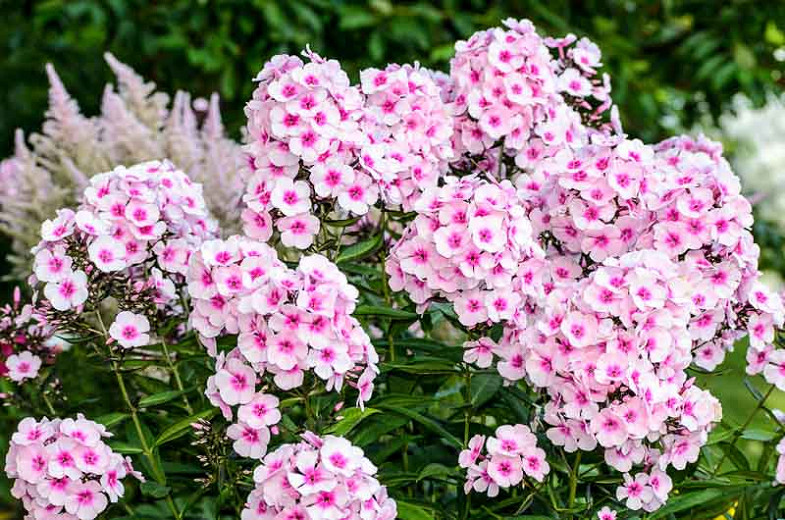
It turns out there’s an explanation for the bright colors of Phlox flowers: Phlox means “flame” in Greek. Warm summer evenings are unthinkable without the beautiful clusters of flowers swaying in the breeze on their long stems, visible even from the neighbor’s yard. Although most people associate phlox with something very simple, there are many different types of phlox, and they are low maintenance. Phlox will produce clusters of flamboyant flowers even if we don’t have the time or conditions to care for them properly.
There are no special requirements for a lush, healthy phlox – the most important thing is to keep it moist, but not too moist. On hot summer days, don’t forget to water the phlox, as a layer of mulch over the roots will help retain needed moisture. They also like to be fertilized with compost and loosened soil, especially the older plants. Most species of phlox do well in a sunny or partially shaded location, but keep in mind that the brightly colored flowers will fade in direct sunlight, so it is best to plant them in a less sunny location.
Have you ever planted one of those flowers before? How did you find the process? Share your experience in the comments below.
Don’t forget to come back to check the second part of this article. I’ve got some more marvelous flowers that will make perfect options for your gardens.

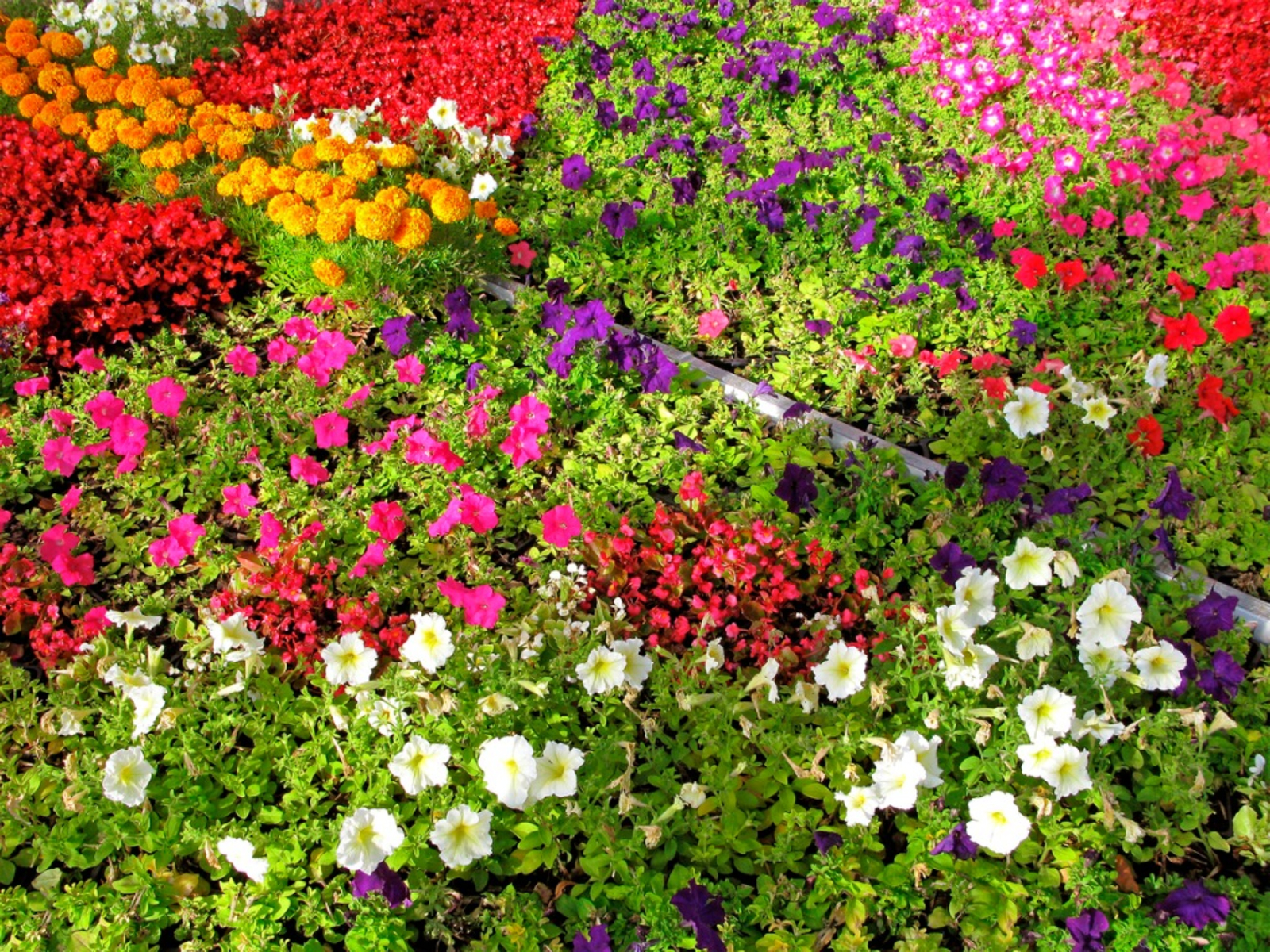
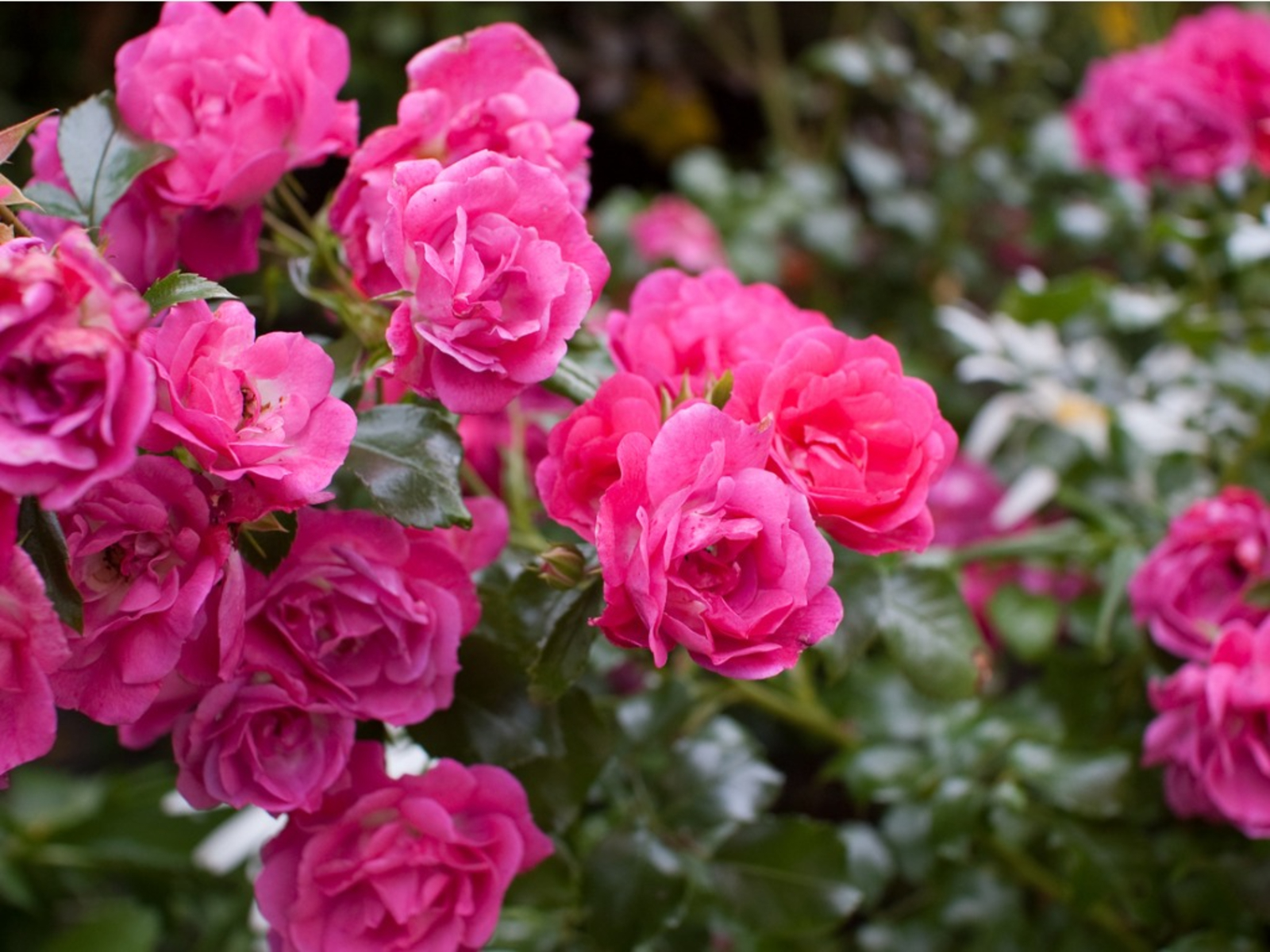

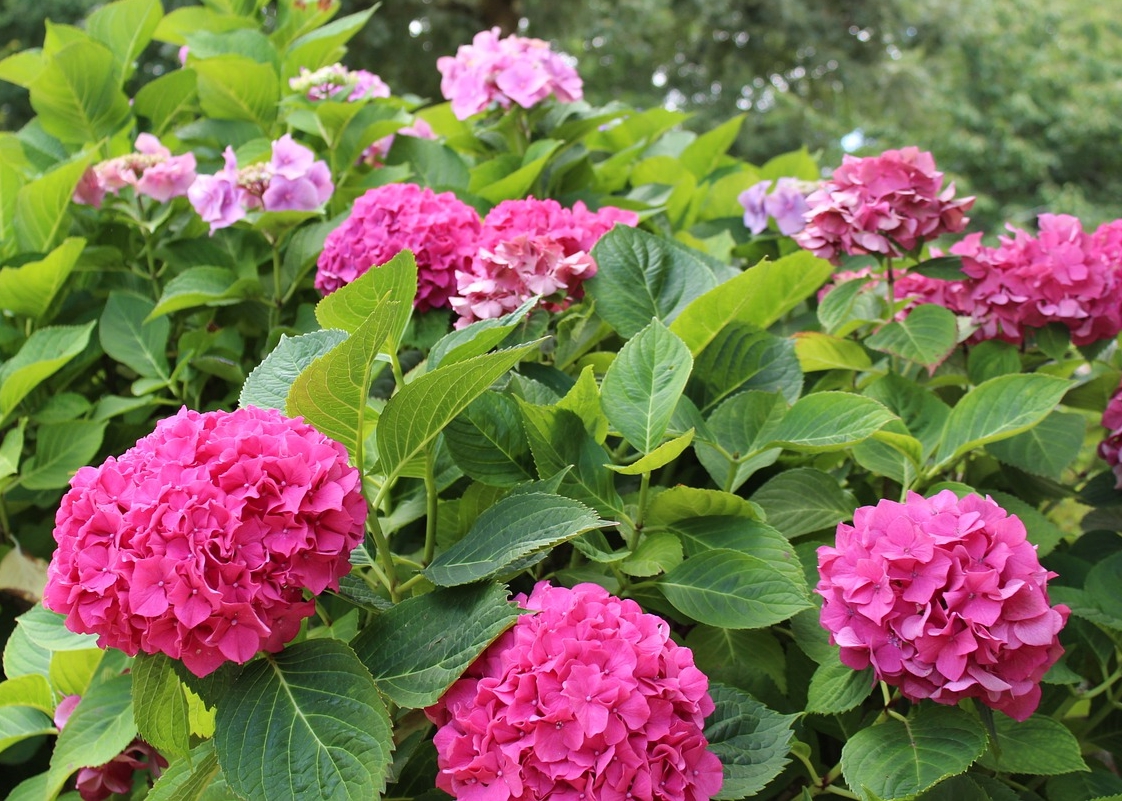
1 Comment
[…] beauty. Landscaping work allows, among other things, to create facilities that go hand in hand with gardening. In addition, they will ensure that the property has all the necessary assets to make it look […]